Panasonic G 42.5 mm f/1.7 ASPH. POWER O.I.S.
5. Chromatic and spherical aberration
A slight influence of the longitudinal chromatic aberration is noticeable near the maximum relative aperture. Still that aberration becomes almost completely imperceptible on stopping down the aperture to f/2.2-2.5. Our overall assessment in this category remains positive.
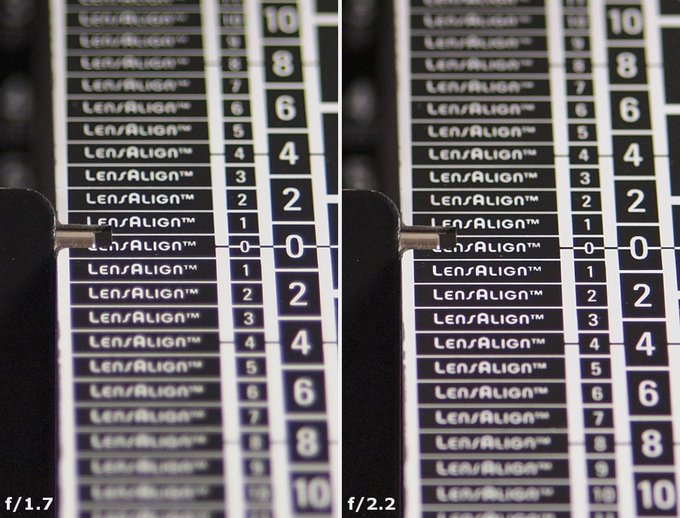 |
Please Support UsIf you enjoy our reviews and articles, and you want us to continue our work please, support our website by donating through PayPal. The funds are going to be used for paying our editorial team, renting servers, and equipping our testing studio; only that way we will be able to continue providing you interesting content for free. |
- - - - - - - - - - - - - - - - - - - - - - - - - - - - - - - - - - - - - - - - - - - - - - - -
The situation concerning the lateral chromatic aberration is even better: the picture below shows the lens’s performance depending on the aperture value.
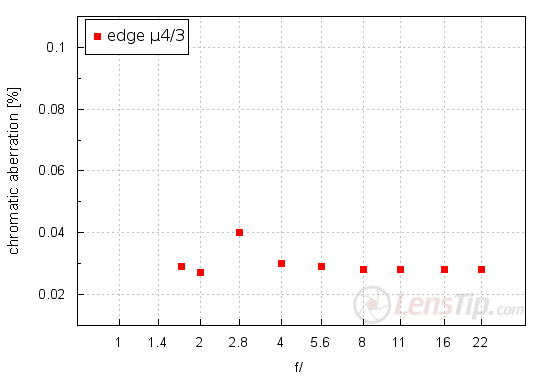
The results raging from 0.02 to 0.04% mean you deal here with an imperceptible level of that aberration. In this category the tested Panasonic seems to be slightly better than the Olympus as well; the rival’s aberration at the maximum relative aperture approached a value of 0.06%. It must be immediately emphasized, though, that we assess the performance of both lenses equally high as in both cases it is practically impossible to notice any traces of that aberration in real life photos.
| Olympus E-PL1, f/1.7 | Olympus E-PL1, f/2.8 |
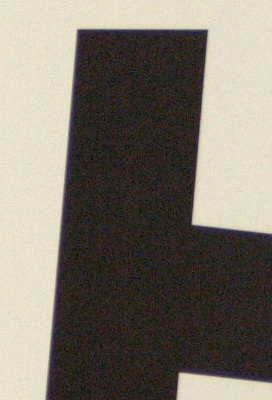
|

|
Spherical aberration
What’s interesting the Panasonic experience some spherical aberration problems. In the first photo shown in this chapter you can notice a slight “focus shift” effect. When you pass from f/1.7 to f/2.2 the depth of field moves toward the photographer a bit.
That effect is confirmed by photos of defocused circles of light. The circle in front of the focus has soft edges and the circle behind the focus features a very pronounced light rim. It is a textbook example of an effect connected to spherical aberration.
| Olympus E-PL1, f/1.7, in front of | Olympus E-PL1, f/1.7, behind |
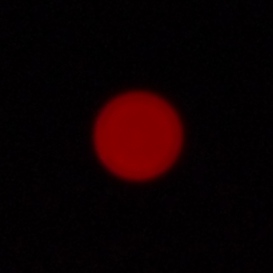
|
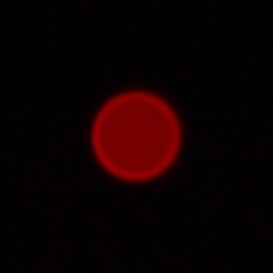
|






